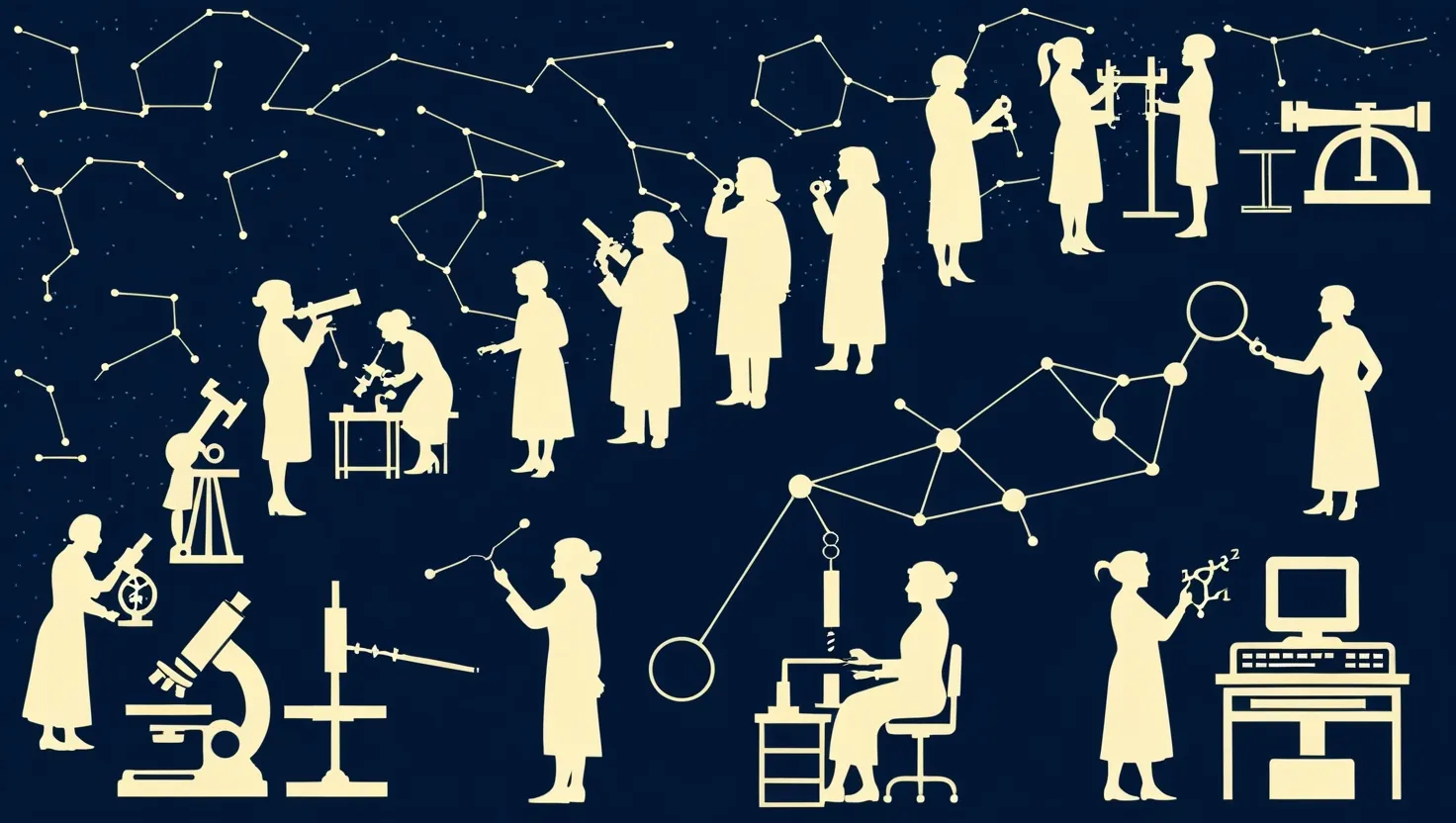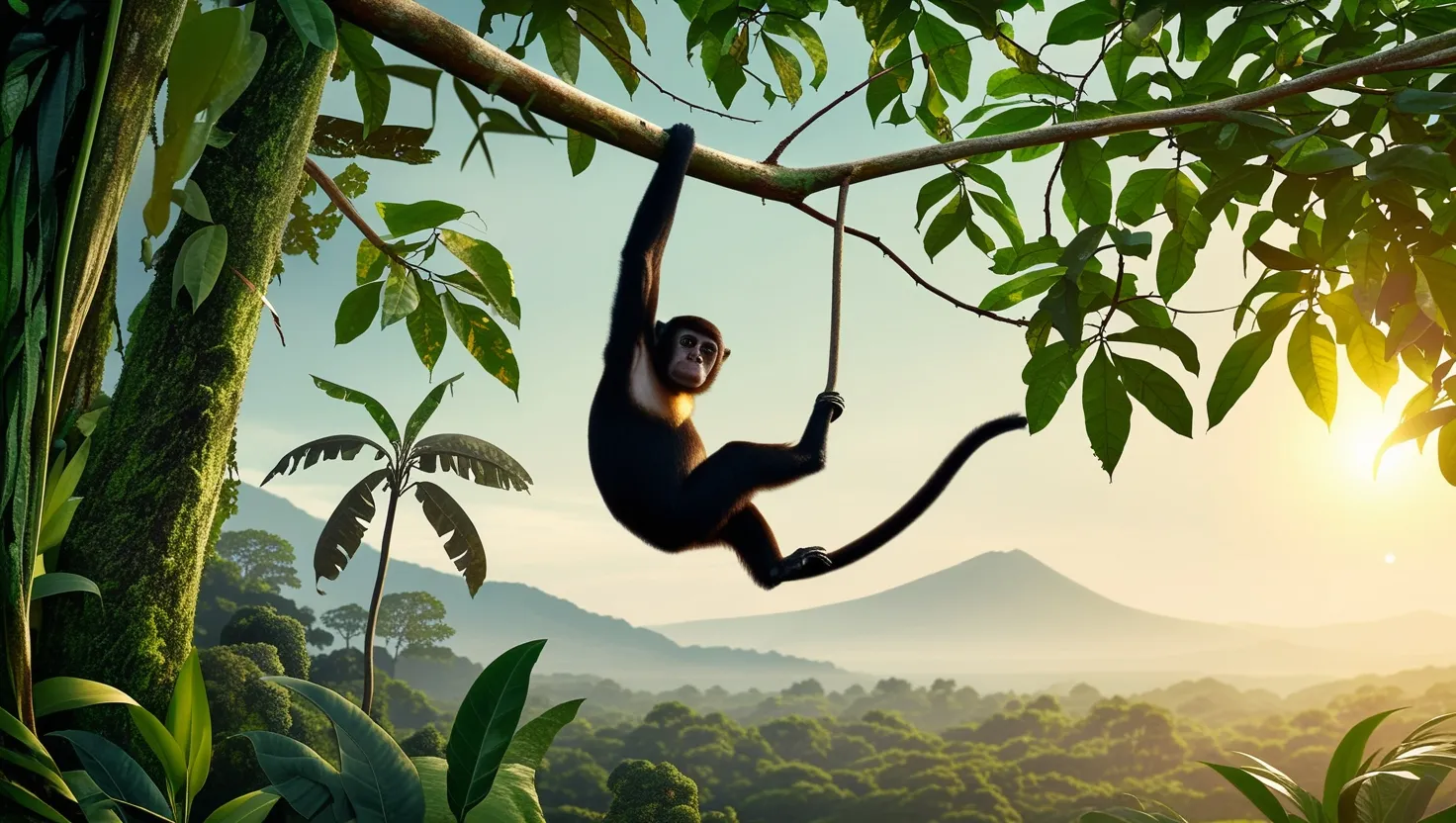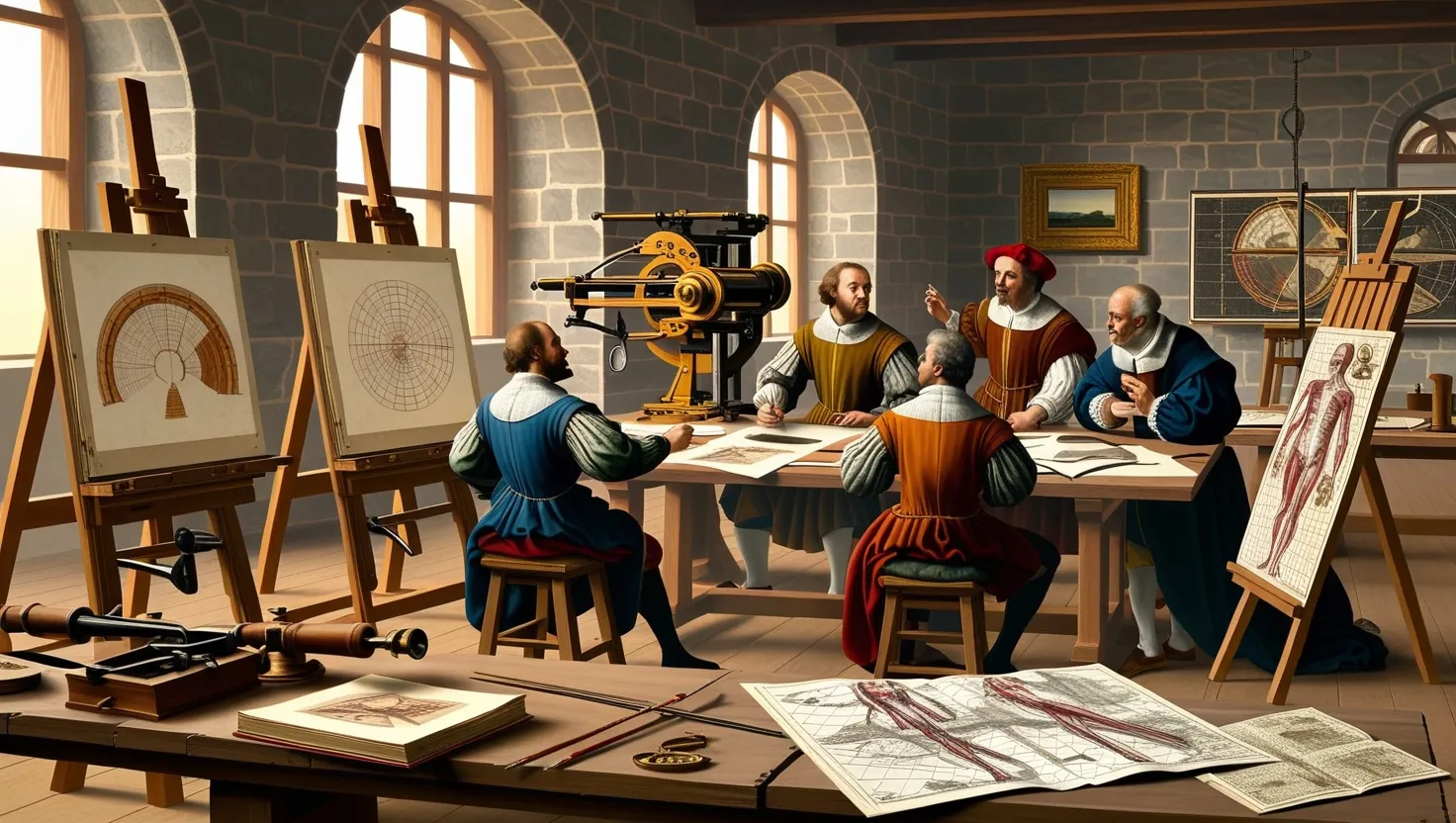Let’s imagine spending centuries in the thick of scientific progress, yet having your name glossed over while others take credit. This is a story not about gaps in the record, but about persistent, robust contributions that have threaded through history—often in the margins, occasionally in plain sight, and rarely with the spotlight they deserved. When I think about scientific discovery, I can’t ignore the women who shaped it long before recognition caught up with them. Their stories are as much about the substance of discovery as the conditions that stifled or sidelined their acclaim. How do we measure a scientist’s value if the world refuses to acknowledge their footprints?
Picture Alexandria in the fourth century, a crossroads of learning, argument, and political unrest. Here, Hypatia taught mathematics, philosophy, and astronomy to a captivated public, far exceeding what was expected of a woman. She built instruments, wrote treatises, and preserved mathematical methods at a time when religious pressures threatened to extinguish secular knowledge. Have you ever considered how fragile intellectual traditions can be when politics war with ideas? Hypatia’s commentaries rescued and clarified the works of earlier giants like Diophantus and Apollonius. Her keen insights into conic sections and geometric analysis sustained lines of inquiry ignored or lost by her peers.
“Reserve your right to think, for even to think wrongly is better than not to think at all.” That’s attributed to Hypatia herself, and it offers more than a little encouragement for anyone facing systemic doubt.
Move forward over a millennium, and you’ll meet Maria Sibylla Merian. In the 17th century, when European naturalists believed insects sprang from mud or old meat, Merian watched, drew, and recorded the extraordinary transformation of caterpillars into butterflies. Her Suriname expedition is a marvel—self-organized, self-funded, and driven by curiosity. Instead of simply cataloging specimens, she painted the intricate dance between insect and plant, showing the interdependence that now forms the bedrock of ecology. Imagine choosing a remote tropical journey over the security of social standing. How many discoveries have been lost because those with the questions lacked access or support for exploration? Merian painted what she saw and shared it bluntly, pushing against myths and rewriting the rules of evidence.
Isn’t it astonishing that few in her time recognized the scientific rigor of her art? Today, we call her the mother of entomology, but she spent her life regarded either as a talented hobbyist or an eccentric traveler. What does it say about how we measure evidence and expertise?
Jump to the 18th century, and we find Caroline Herschel. Herschel started life in Hanover, Germany, with little formal education, and it was only after following her brother William to England that she was exposed to astronomy. Officially, she worked as his assistant—cleaning, cooking, and recording nightly observations. But Herschel went far beyond clerical support. She discovered eight comets and several deep-sky objects, cataloged nebulae, and even produced star maps that guided astronomers long after her death. Herschel’s systematic approach—her devotion to accuracy, persistence, and detail—was foundational.
Have you ever found yourself doing all the “small” tasks on a project, only to realize you’ve actually learned and shaped its direction? Herschel’s recognition came slowly; she was occasionally paid, awarded a medal, and even described as the first professional woman astronomer. Yet much of her own voice—her insights and methods—was overshadowed by her brother’s reputation. The idea that a woman could be a scientist in her own right, rather than a helper, was not easily accepted.
Let’s shift to the 1950s, to a quiet but revolutionary laboratory in London where Rosalind Franklin worked with X-ray crystallography. Franklin’s painstaking photographic work with DNA fibers—especially the iconic “Photo 51”—revealed unmistakable evidence of a double helix. Her images weren’t just snapshots; they were data-rich, technical, and revealed subtle truths about molecular structure. Yet Franklin’s research was shared with Watson and Crick without her full consent, driving their famous breakthrough publication. While the Nobel Prize went elsewhere, Franklin’s notes, images, and analyses have since been acknowledged as a crucial pillar in understanding life’s building blocks.
“In science, credit goes to the man who convinces the world, not to the man to whom the idea first occurs.” Francis Darwin’s words ring particularly true for Franklin. How do we account for discovery when the spotlight is fixed elsewhere? And how many contributions slip into the background simply because of timing, politics, or prejudice?
Finally, let’s not forget Katherine Johnson, a mathematician whose work at NASA quietly powered the most audacious moments of the Space Race. Johnson calculated flight paths for astronauts, including John Glenn’s 1962 orbit. Picture this: a black woman, in a segregated workspace, producing math so precise that astronauts refused to fly unless she’d checked the machine’s results. Computers were new, but Johnson’s calculations were legendary for their accuracy. Her story surfaced only decades later, despite her pivotal role in mission after mission.
Johnson once said, “We will always have STEM with us. Some things will drop out of the public eye and go away, but there will always be science, engineering, and technology.” But how many contributors are still hidden in the folds of public memory, still waiting for acknowledgment?
As I reflect on these women and their journeys, I wonder: Why does recognition take so long? Their stories are reminders that breakthroughs often come from those who aren’t formally invited to the table. Curiosity, tenacity, and an unwillingness to accept the status quo define their achievements more than any official title or institutional support. The cultural and social contexts they navigated weren’t just backdrops; they were obstacles that shaped what could be done, what was preserved, and whose voices echoed into the future.
We still grapple with the stories that history chooses to preserve. For every celebrated scientist, how many have quietly prevented a famine, mapped a star, or sketched out a new ecosystem? How different might our sense of progress look if those stories were centered from the start?
There’s no shortage of lesser-known figures who cast a shadow on our understanding of women’s roles in science. Think of Mary Anning, who found the first complete ichthyosaur and plesiosaur fossils, or Ada Lovelace, who envisioned algorithmic computing a century before modern computers. The pattern is clear: scientific innovation thrives on input from all corners, and so often, the most vital insights come from those who see the world from a slightly different perch.
It’s worth asking yourself, as I often do: What would science look like if the field had always been open to full participation? What discoveries are waiting today, held back for lack of support, recognition, or even encouragement? When I recount these stories, I’m reminded that progress is cumulative, a shared legacy that stretches backwards and forwards. The contributions of Hypatia, Merian, Herschel, Franklin, and Johnson are not mere footnotes or hidden chapters. Their methods, ideas, and courage continue to shape what we know and how we explore new questions.
As I share these stories, I think about future innovators—students, tinkerers, and self-taught experimenters—who may push boundaries that seem fixed today. The arc of scientific progress, after all, is not a straight line. It is full of missed turns, rediscoveries, and corrections. The lesson from these women is this: sometimes, the most profound changes come from those moving against the tide, their voices amplified at last by the persistence of their ideas.
So, ask yourself: Whose voice are we still missing? And what will it take for the next Hypatia or Johnson to get the recognition they deserve—not decades later, but in real time? The answer matters, not only for fairness but for the speed and depth of discovery itself. As the old saying goes, “If I have seen further, it is by standing on the shoulders of giants.” Let’s make sure we see—and remember—all of them.






